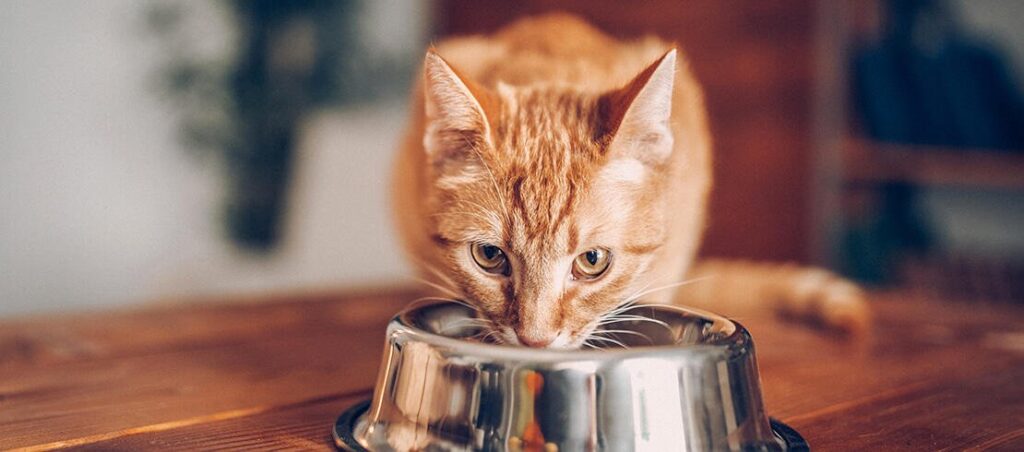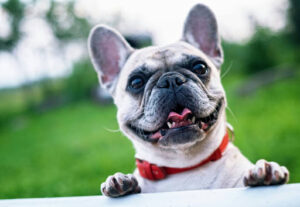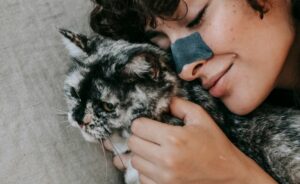By: Kathleen Beatriz Lapig
Finding the right cat food for our brave felines must be a little worrying. Cat food, contrary to dog food, needs to be healthier. Cats have higher needs for many essential nutrients, whereas dogs can adapt to life on very little. Cat food, as a result, tends to be higher in protein, fat, minerals, and vitamins. Cat food is also smaller for their smaller mouths and is higher in calories.
It is a little cat food, one of the things (aside from their toys!) that the cats surely treasure. Cat food, whether through more straightforward treats, an occasional giving of table scrap, or rewarding after a very long day of fun. Yes, these are all okay.
Cats, like us love to eat and may feel hungry just by looking at what we have on our plates. From a feline’s point of view, what we have on our plate looks way more delicious than what they have on theirs. Cat food may be given enough nutrients for our dear cats. I know they are way more hooked on what we, their owners, eat, am I right?
But being two different breeds of life, we must still be careful in choosing what our cats need to eat.
I know this is not your first time asking, “What does a cat eat?” in the lovey-dovey owner-pet relationship, but we are a little picky about giving cat food to our little ones.
So, here is a list of foods cats can consume:

Cat Food Options:
- Salmon: A good source of protein and omega-3 fatty acids, salmon can be a delicious treat for cats and is often already found in commercial cat food, said Dr. Tina Wismer, medical director at the ASPCA Animal Poison Control Center. While some cat-friendly human foods can be fed to your cat raw, give them only cooked salmon.
- Spinach: Full of vitamins and minerals, including vitamins A, C, and K, iron, and calcium, spinach can be a healthy, cat-friendly treat, according to Dr. Wismer. However, if your cat has a history of calcium oxalate bladder stones, you should avoid giving them spinach as cat food.
- Cantaloupe: High in antioxidants and beta-carotene, which helps maintain healthy skin and eye health, cantaloupe is one of several cat-safe fruits, according to Dr. Wismer.
- Eggs: Another good source of protein and B vitamins, eggs are safe for our cats to eat, Dr. Wismer said. To reduce the risk of foodborne diseases, cook any eggs you feed your cat.
- Fish Oils: Start whipping out the fish oils for cat supplements! According to Emmy-award-winning veterinarian Dr. Jeff Werber, while pet parents tend to get away with giving their dogs people food more often than cats, fish oil is something that can help benefit both species. With various options, including salmon and cod liver oil, the omega 3s in fish oil can help prevent dry skin in the winter and keep your cat’s coat healthy throughout the year.
- Chicken: Because cats are obligate carnivores and require diets that contain mostly meat (unlike dogs, who are omnivores and can live off of a variety of different foods), their bodies aren’t able to digest fibrous foods as quickly as dogs. They don’t always like the sort of people’s foods that dogs do, according to Werber. However, any type of meat, like chicken, is right up their alley.
- Bananas: According to Wismer, bananas are a cat-safe snack high in potassium and soluble fiber. Although bananas are a healthy treat, they (like all items on this list) should make up no more than 10 percent of your cat’s daily calorie intake, she added.
- Oatmeal: A source of energy and B vitamins for your pet, oatmeal is another human food found in commercial cat foods. However, just because oatmeal may be cat-safe, not every feline will like it, so you’ll want to introduce these foods slowly and make sure they like them before incorporating them into a regular part of your cat’s diet.
- Pumpkins: Not only is pumpkin low in calories and high in fiber, but it is also an effective treatment for cats who suffers from abnormal stools. You can incorporate pumpkin into cat food since it is safe and healthy.
- Cheese: If your cat is interested in this feline-friendly food, Dr. Wismer recommends feeding a hard cheese, like cheddar, Swiss, or Gouda. These cheeses are high in calcium and protein and can be quickly baked into treats or provided to your cat raw in small amounts.
- Bread: A good source of protein and fiber, Dr. Werber said some cats loves to snack on bread, a feline-friendly human food.
- Apples: High in fiber and vitamin C, apples are another food Dr. Werber says cats can eat as long as they’re fed to your cat without the skin, seeds, or stems.
- Blueberries: A good source of vitamins A and C, blueberries can be found in some cat food, and some felines may even like to snack on frozen blueberries, Dr. Wismer said.
- Turkey: Another lean protein, turkey, including cooked turkey breast or sliced deli meat, is a cat-safe snack.
- Peas: High in fiber, vitamin C and vitamin A, it is another human food that is cat friendly to eat! They often are found in commercial cat foods but can be fed to your cat frozen or raw.
- Watermelon: Watermelon is a safe treat for cats in moderation and is high in vitamins and minerals, including vitamins A, B1, B5, and C, and potassium and magnesium.
- Strawberries: In moderation, strawberries make a “fun, perfectly acceptable treat” for cats. The juicy fruit is a good source of fiber, vitamins, minerals, and antioxidants.
Aside from keeping this type of human food in mind, please be wary of what our cats should not eat, onions & garlic, raw eggs & meat, chocolate, alcohol, grapes, and raisins.
After reading this, we hope you know how to properly give human foods as cat food to your feline friend with limits!






